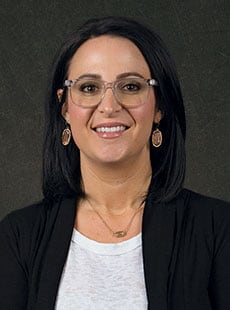Utah Core
•
Curriculum Search
•
All Language Arts - Secondary Lesson Plans
•
USBE Language Arts - Secondary website
Lesson Plans
Strand 1: Research and Development
Students will read and collect research from textual evidence to prepare for debates.Standard 1.4
Research arguments to support substantive claims using a variety of primary and/or secondary sources including but not limited to historical, scientific, and technical texts:- central idea
- discrepancies in content
- explanation for action or events
- points of view
- specialized vocabulary
- textual
-
Lesson 1: NAACP's Anti-Lynching Campaign in the 1920s
This lesson focuses on the constitutional arguments for and against the enactment of federal anti-lynching legislation in the early 1920s. Students will participate in a simulation game that enacts a fictitious Senate debate of the Dyer Anti-Lynching Bill. As a result of completing this activity, students will gain a better understanding of the federal system, the legislative process, and the difficulties social justice advocates encountered. -
Lesson 2: The Debate in Congress on the Sedition Act
What provisions in the U.S. Constitution are relevant to the debate over the Sedition Act? For this lesson, students will read brief excerpts from actual debates in the House of Representatives as the legislators attempted to work with the version of the bill "Punishment of Crime" (later known as the Sedition Act) already passed by the Senate. -
Let Freedom Ring: The Life & Legacy of Martin Luther King, Jr.
Students listen to a biography of Martin Luther King, Jr., view photographs of the March on Washington, and study King's use of imagery and allusion in his "I Have a Dream" speech. -
Oyez! Oyez! Oyez!: Simulating the Supreme Court
This lesson helps students learn about the judicial system through simulating a real court case involving student free speech rights. In addition to learning about how the Supreme Court operates, students will explore how the Supreme Court protects their rights, interprets the Constitution, and works with the other two branches of government. -
The Federalist and Anti-federalist Debates on Diversity and the Extended Republic
This curriculum unit explores some of the most important arguments of those opposing or supporting the ratification of the U.S. Constitution. -
The First Amendment: What's Fair in a Free Country?
After completing the lessons in this unit, students will be able to summarize the contents of the First Amendment and give examples of speech that is protected by the Constitution and speech that is not protected by the Constitution. -
The Industrial Age in America: Sweatshops, Steel Mills, and Factories
About a century has passed since the events at the center of this lesson-the Haymarket Affair, the Homestead Strike, and the Triangle Shirtwaist Factory Fire. In this lesson, students use elementary historical sources to explore some of the questions raised by these events, questions that continue to be relevant in debates about American society: Where do we draw the line between acceptable business practices and unacceptable working conditions? Can an industrial-and indeed a post-industrial-economy succeed without taking advantage of those who do the work? -
Using Gale Reference to Analyze Opposing Claims
This is the second lesson in a series of two introducing the Gale Reference Library. Students will browse the Opposing Viewpoints in Context on Gale Reference Library. After choosing a debatable topic, students will read the overview to summarize the argument and identify opposing claims. Next, students will choose two resources (one representing each side of the debate) and evaluate the claim and argument for each resource.


 UTAH EDUCATION NETWORK
UTAH EDUCATION NETWORK

 Justin
Justin Braxton
Braxton Dani
Dani Kayla
Kayla Katie
Katie Lora
Lora Rob
Rob Val
Val
